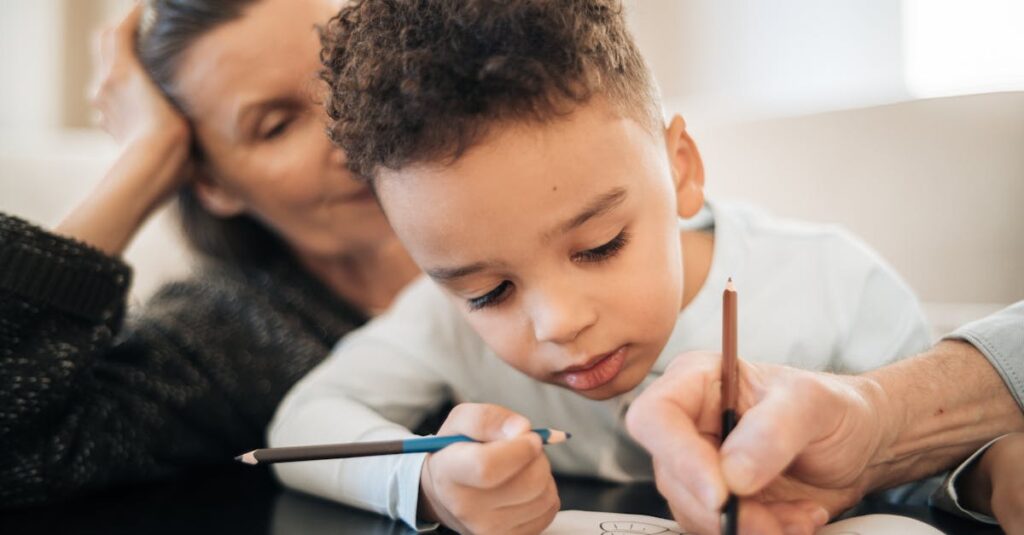Understanding Autistic Children’s Unique Needs
Every child is unique, and this is especially true for autistic children who have distinctive needs. Traditional classrooms might not always meet these needs effectively, making it crucial for parents and educators to rethink educational strategies.
Autistic children often face sensory sensitivity, social challenges, and communication differences. They might need more personalized attention to thrive. That’s why it’s essential to create a classroom environment that caters to these special requirements. By understanding what autistic children face daily, we can better support them and foster a more inclusive learning space.
Key Points:
- Autistic children have unique needs
- They face sensory sensitivity, social challenges, and communication differences
- Personalized attention is crucial for their development
- Creating inclusive learning spaces is essential
ChatGPT: A Game Changer in Education
Enter ChatGPT, a groundbreaking artificial intelligence tool that can revolutionize education for autistic children. This AI can provide personalized learning experiences, cater to individual needs, and offer consistent support. Imagine a classroom assistant who understands each child’s unique learning style and is available 24/7.
ChatGPT can help simplify complex instructions, provide instant feedback, and even support social interaction practice. Its ability to adapt to various learning paces and methods makes it an invaluable resource in modern education.
Creating a Welcoming Learning Environment
A welcoming learning environment is crucial for autistic children. To achieve this, consider the following:
- Minimize sensory distractions: Ensure the classroom is calm, organized, and clutter-free.
- Use visual aids and clear instructions: These can help foster understanding.
- Implement flexible seating arrangements: This can make a huge difference.
- Break tasks into smaller, manageable chunks: Allow for breaks as needed.
By incorporating tools like ChatGPT, the classroom becomes a supportive space where autistic children can thrive without being overwhelmed.
Promoting Emotional Well-being
Emotional well-being is paramount. Autistic children often experience heightened anxiety in traditional settings. Maintaining a predictable routine and providing clear expectations can alleviate some stress. Encourage positive self-expression and validate their feelings.
Using ChatGPT, children can practice social scenarios and gain confidence in a safe, controlled environment. Empower them with coping mechanisms and celebrate small victories to build their self-esteem. Humor and light-hearted moments can make the classroom a joyful place, helping to reduce anxiety.
Practical Tips for Parents and Educators
Parents and educators, here are some practical tips. First, communicate openly; understand and respect each child’s needs. Use ChatGPT to tailor educational content to each child’s unique learning style. Create a partnership between home and school to provide consistent support. Encourage play-based learning, incorporating interests and strengths into lessons. Remember, patience and flexibility are key. Seek support from professionals and connect with other parents for shared advice and experiences.
Implementing these tips can help parents and educators better support children’s growth and development in a nurturing and effective learning environment.
Encouraging Interaction and Feedback
Interaction is key to ongoing improvement. We want to hear from you! Share your experiences and tips in the comments. How has AI like ChatGPT helped your child? What challenges have you overcome, and what successes have you celebrated? Your feedback helps create better strategies and supports emotional well-being for other families.
Engage with us on social media for more insights and community support. Together, we can make education inclusive and effective for every child.
Related Posts:
- AI Improves Social Skills of Autistic Kids
- AI in Personalized Learning for Autistic Kids
- AI Improves Learning for Autistic Children
- AI Benefits for Preschoolers with Autism
- AI in Simplifying Learning for Autistic Students

